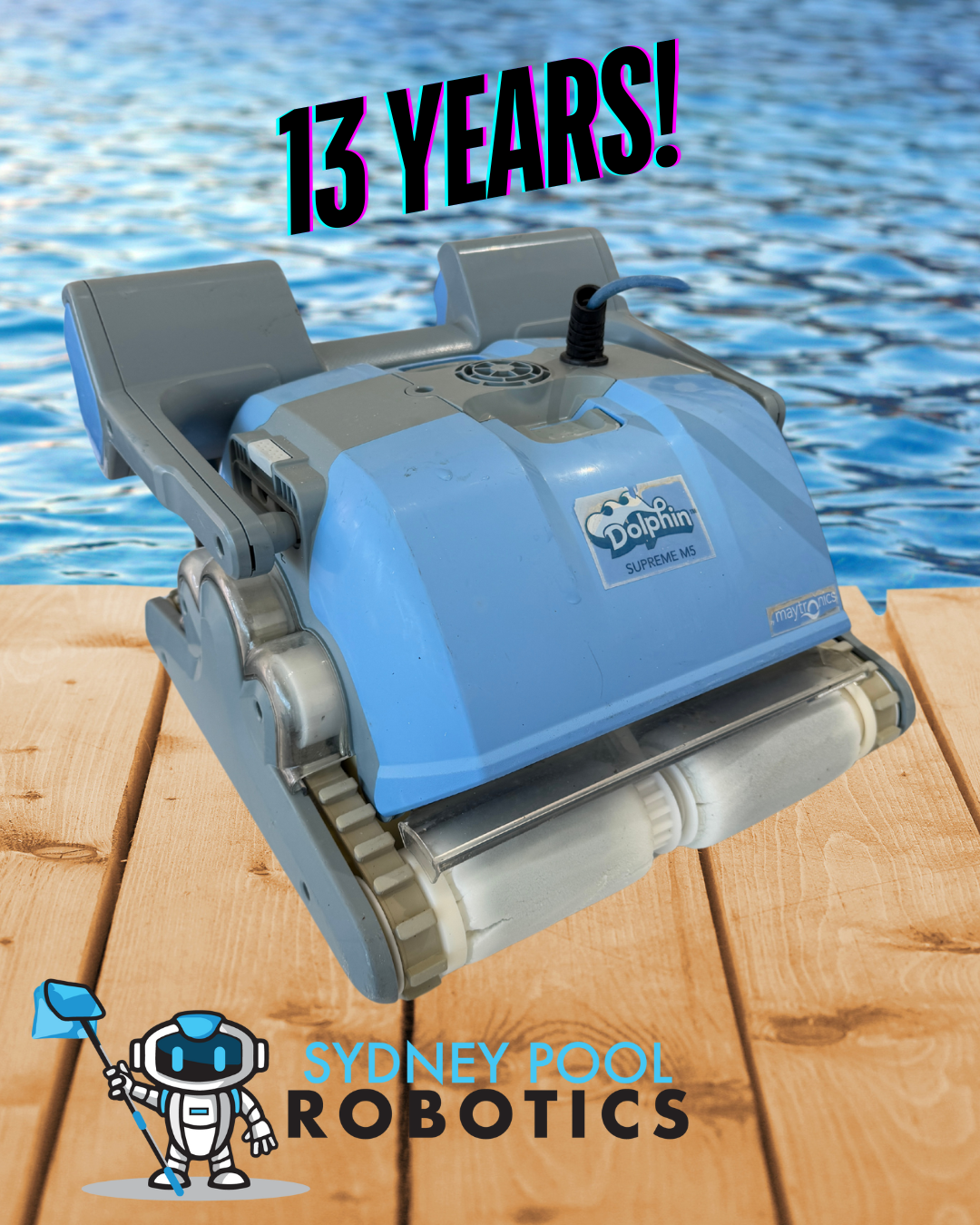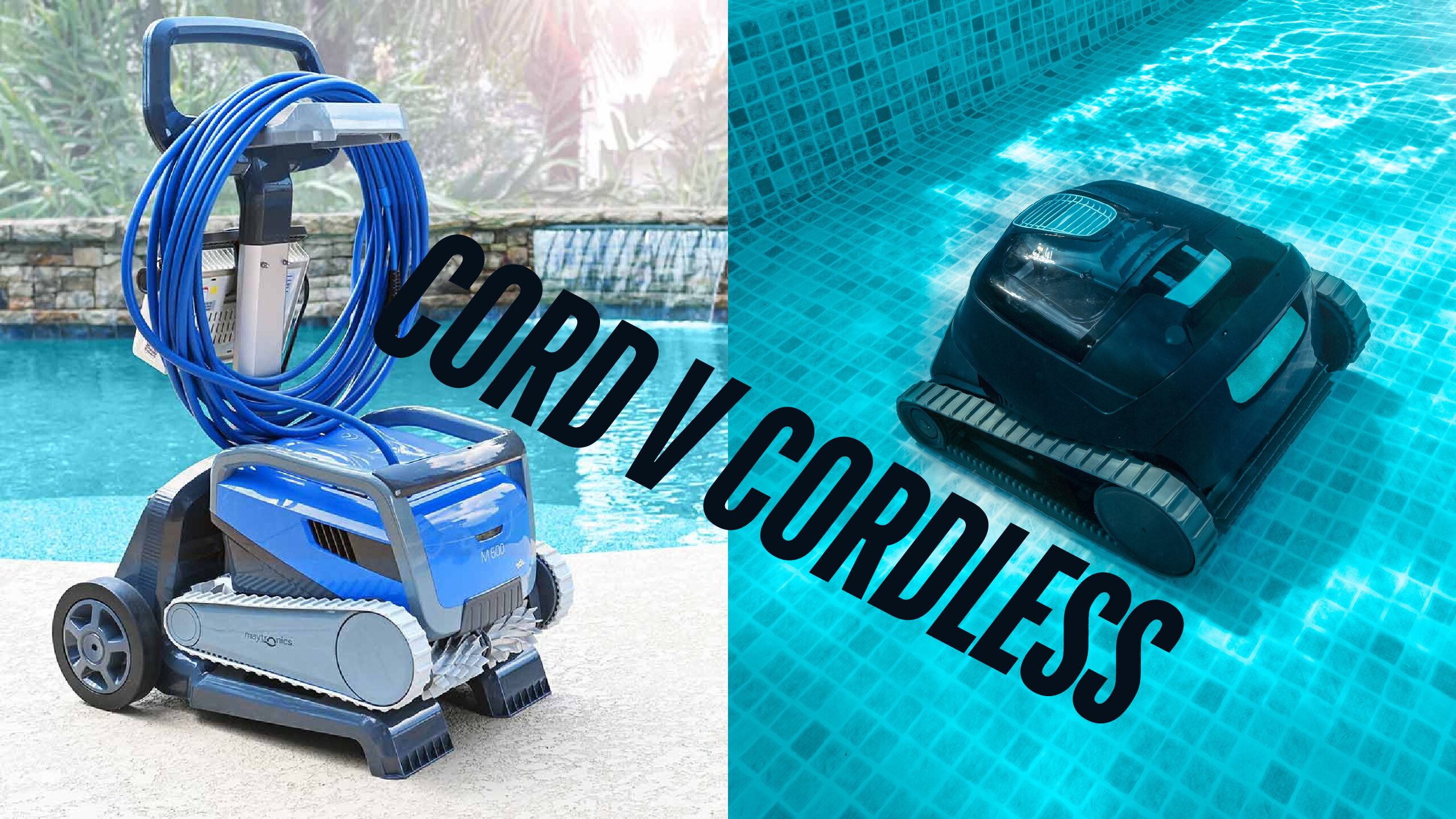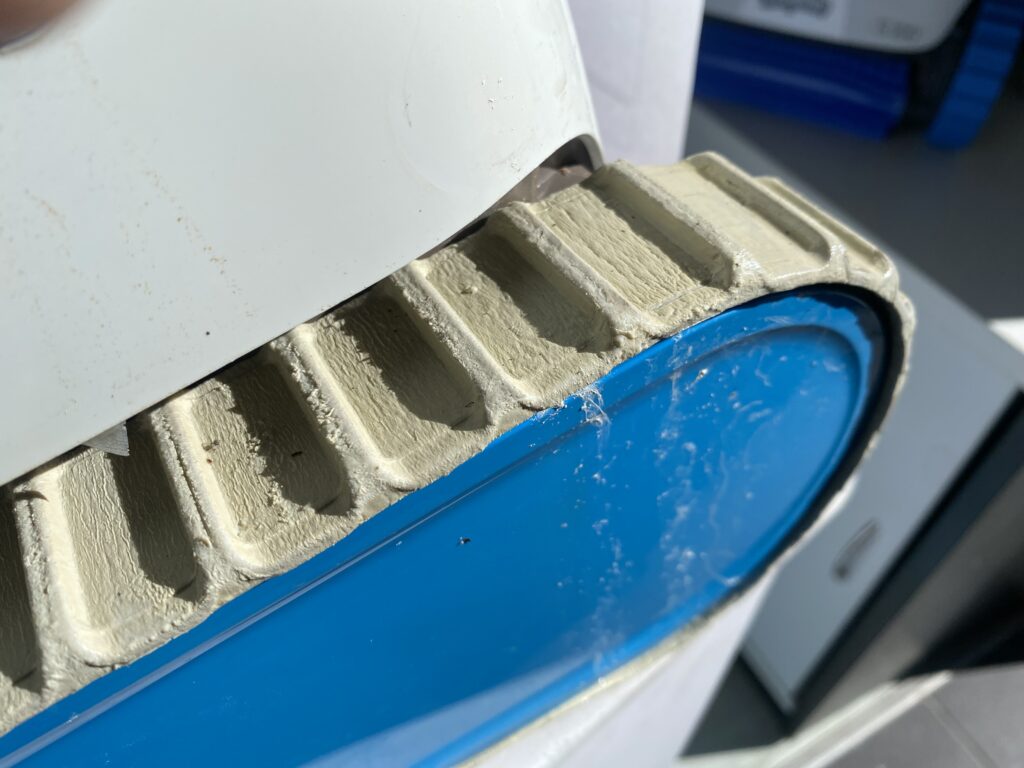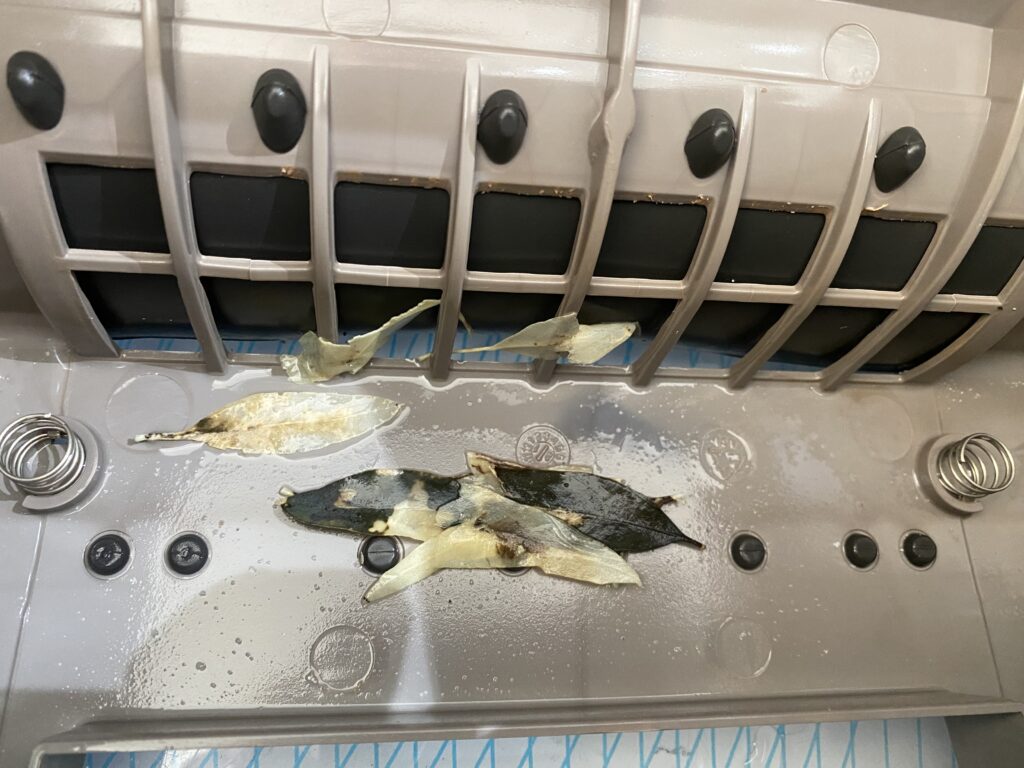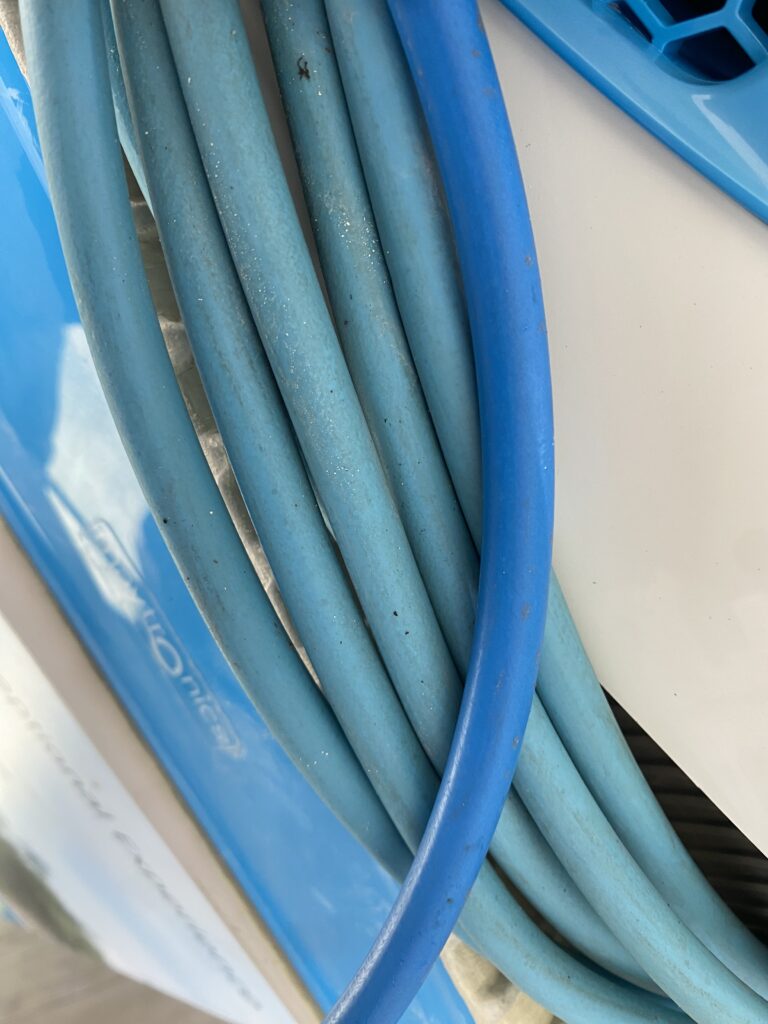As a pioneer in Sydney’s Robotic Pool Cleaner service industry, Sydney Pool Robotics stands as a trailblazer in the transformative wave sweeping across the pool maintenance sector. A decade ago, the sight of a Robotic Pool Cleaner in a backyard was a rarity, as the majority of pools relied on traditional cleaning methods such as the classic Kreepy Krauly suction cleaner or the Polaris and Jetvac pressure cleaners.
In today’s landscape, the once-prevalent traditional pool cleaners have fallen out of favour, making way for the ascendancy of the Robotic Pool Cleaner as the undisputed ruler of pool maintenance.
Nevertheless, the transition comes with a shift in dynamics. Unlike the straightforward, low-cost nature of the old-fashioned pool cleaners, Robotic Pool Cleaners represent a more sophisticated breed of electronic devices that demand a level of care far beyond their predecessors. In times gone by, a Kreepy Krauly could be purchased for under $1000, effortlessly installed into the pool, and then essentially forgotten about. It would dutifully navigate the pool for hours each day, gathering leaves and debris with a certain clumsiness, only necessitating attention when its parts wore down to dust. Replacement spares were a minimal expense, typically costing under $100, allowing pool owners to swiftly resume their pool maintenance routine.
Fast forward to the present, and the landscape has shifted dramatically. Robotic Pool Cleaners, while offering unparalleled efficiency and capabilities, come at a higher price point due to their advanced technology. The days of a pool cleaner being a set-and-forget investment are a thing of the past. These electronic marvels require a more conscientious approach to maintenance and care, necessitating a departure from the ease of the traditional pool cleaning era.
Optimising the Performance and Longevity of Your Robotic Pool Cleaner
One recurring concern among owners of Robotic Pool Cleaners is the expectation that these devices can be left in the pool continuously, operating daily. Disappointment arises when, despite the initial investment, the expensive Robotic Pool Cleaner exhibits signs of wear and lasts only three years. It’s crucial to understand that this expectation is a carryover from outdated practices, as Robotic Pool Cleaners are not designed for continuous, daily operation.
So, how can you ensure that your Robotic Pool Cleaner remains efficient and lasts for an extended period? This guide outlines three key rules often overlooked during the purchase of a Robotic Pool Cleaner that are essential for promoting the longevity of the unit.
Strategic Use Patterns
Robotic Pool Cleaners, being intricate mechanical devices, share similarities with automobiles in terms of wear and tear. The more these devices are in use, the faster their components degrade. Drawing an analogy to car maintenance, consider that if you accumulate 100,000 kilometers on your car in a year, it would need servicing ten times based on the typical 10,000 km service schedule. Similarly, a Robotic Pool Cleaner benefits from less frequent servicing when used less frequently.
Quality Robotic Pool Cleaners log operational information onboard, tracking cycles, hours of operation, and faults such as being out of water, part cycles, and motor overloads. Historical data analysis reveals that an average Robotic Pool Cleaner requires a running gear check after 250 runs and electrical component servicing after 500 runs. While these are average figures, it’s important to note exceptions to the norm. We recommend using Robotic Pool Cleaners twice a week whenever possible, accumulating around 100 runs annually. This approach necessitates servicing every second year, allowing the unit to operate smoothly for at least five years before major intervention is required. Conversely, daily operation mandates annual servicing, with a likelihood of major failures within two to three years.
This critical information is often overlooked during the purchase of a Robotic Pool Cleaner but is indispensable for managing customer expectations. Running your robot every day is not a sustainable practice for its longevity.
Water Chemistry
Robotic Pool Cleaners operate in arguably the harshest domestic environment, exposed to water, sunlight, and chemicals designed to break down and destroy foreign substances. Following the guidelines outlined in your Robotic Pool Cleaner’s manual, maintaining the ideal water balance is imperative:
- Chlorine levels should not exceed 5ppm
- pH levels between 7.2 and 7.8
- Salt levels should not surpass 5000ppm
This balance is crucial because the components of your Robotic Pool Cleaner are designed to tolerate it. Deviations from this range result in rapid degradation of components, particularly in high chlorine environments. Rubber tracks and seals degrade swiftly in such conditions, and once the seal fails on the motor block, the inevitability of your robot’s failure becomes apparent.
Regular Servicing
Similar to automobiles and other mechanical devices, Robotic Pool Cleaners require routine servicing. Components such as foam rollers, climbing rings, and brushes are vital to the robot’s operation. These are wearing parts, and once worn, your robot may struggle to perform tasks such as climbing walls. Continued attempts to climb under stress can put excessive pressure on the motor, shortening its lifespan.
At Sydney Pool Robotics, we strongly recommend an annual check for all robots. Conducting this check during the winter ensures that, barring any unforeseen events, your robot will dutifully maintain your pool’s cleanliness throughout the swimming season.
By adhering to these guidelines, you not only optimize the performance of your Robotic Pool Cleaner but also extend its operational lifespan, making your investment in cutting-edge pool maintenance technology truly worthwhile.



